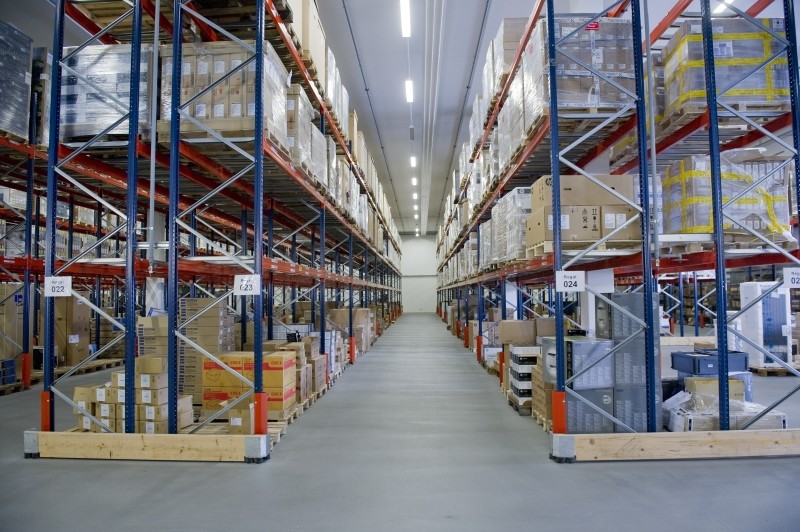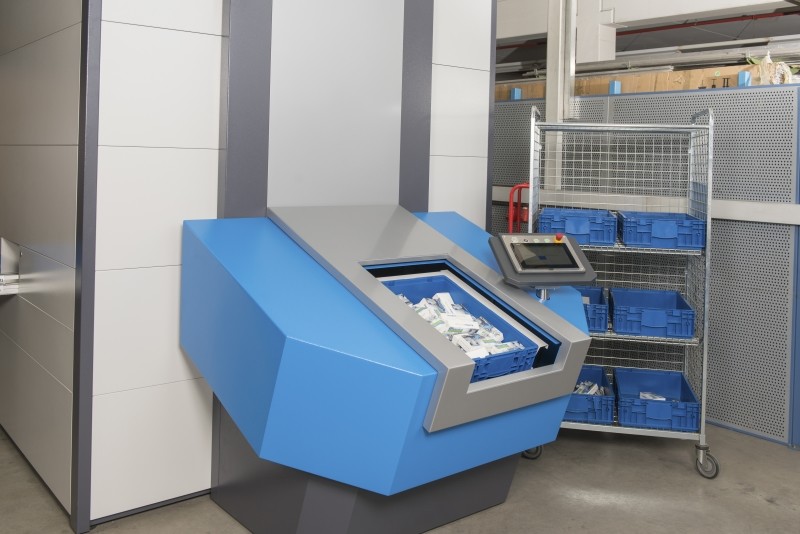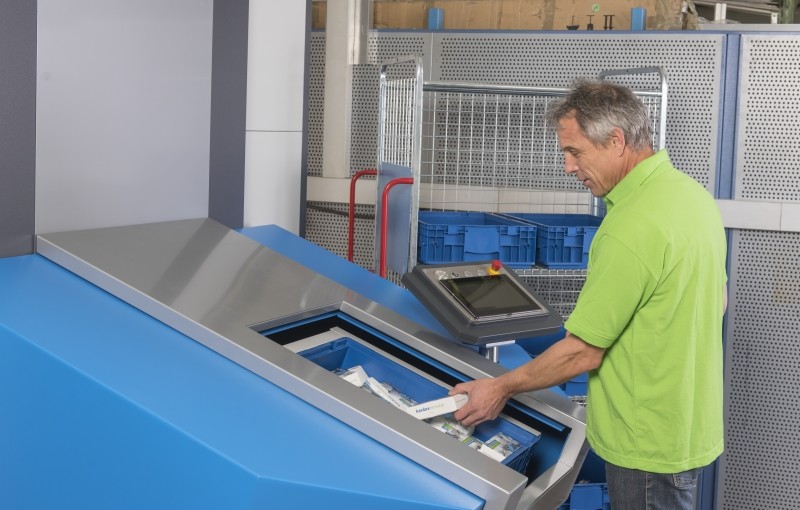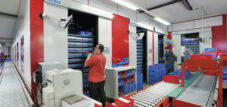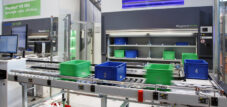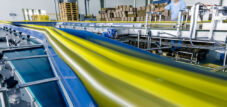Slow Mover Management – picking C-parts efficiently
Language selection 📢
Published on: November 19, 2015 / Update from: April 24, 2021 - Author: Konrad Wolfenstein
Every warehouse manager has them, (almost) every company needs them, hardly anyone likes them: C-parts; colloquially also referred to as slow movers, bums or simply slow sellers. In contrast to the constantly requested items in the A or B category, these goods usually lie like lead on the shelves and take up a considerable amount of valuable storage capacity. From a cost and efficiency perspective, they are a nightmare for intralogistics, but to complete the offer and to guarantee customers or downstream departments a high level of service and constant availability, they must be kept in the warehouse.
Slow-moving items are often stored in decentralized locations in the warehouse on conventional shelving units so that access to fast-moving goods is not hindered by slow-moving goods. However, they ignore the fact that this type of storage increases the travel times when retrieving C items enormously. A procedure that ultimately has a negative impact on the efficiency of the entire warehouse.
Storage in conventional racking systems vs. automated warehouses
While the few high-speed items are usually grouped in optimal storage positions from where they can be retrieved easily and in large quantities, retrievals of C parts usually stand out
- small withdrawal quantities of many different items and
- separate picking of each individual item per order
Efficient picking depends crucially on the picking time per order item. If you compare the required picking times per order for static and automated storage systems, then the travel time offers the greatest potential for reducing picking time. In static storage systems, travel time is the key factor, as the picker usually has to travel long distances through the warehouse to get to the right storage location. With automated storage systems, these walking distances can be reduced to a minimum using the “goods to person” principle, and thus the picking time can be significantly reduced. By saving time, more orders are processed in the same time, which ultimately leads to the desired acceleration. The problem that arises is that each item to be picked is usually in its own load carrier (container, box). This means that the storage system has to provide a new load carrier for each individual order item, which in turn reduces speed.
Pick C items cost-effectively and with short travel times
The intralogistics provider Kardex Remstar has targeted precisely these customers with a newly developed provisioning system called Vertical Buffer Module. The solution is aimed at companies that:
- Store C items of different sizes
- recorded few hits on these individual articles
- Overall, you have a lot of access to the entire, wide-ranging C range
- need permanent and quick access to these articles
In order to achieve high process efficiency in the warehouse, these companies need a system that best meets the following criteria:
- high picking performance and precision
- Easy integration into existing conveyor technology and WMS software
- Energy efficiency
- ergonomic design of workplaces
- Mixed storage of containers and boxes
- Storage of different heights of stored goods
The Vertical Buffer Module meets the main requirement for high picking performance by enabling up to 250 double cycles (storage and provisioning) per unit and hour. It therefore handles up to 500 order items per hour and can be easily integrated into existing conveyor technology, logistics and software systems.
Efficient technology makes it possible for only a third of the energy to be consumed in relation to comparable systems (efficiently, lifting beam systems). Due to the “goods to the person” principle practiced during the picking, with the direct delivery of the parts to an ergonomically reduced operating opening, improves both way times and ergonomics for the employees.
Users can also be more flexible when it comes to the type of payload, as the devices can store containers, boxes or trays of different formats weighing up to 35kg. A large selection of optionally available equipment and the scalability from small to large device sizes also ensure even more flexibility.
Since an order picker can operate up to two devices in parallel, using the system reduces the need for personnel, which further increases its cost efficiency. Finally, the included software control, including the control element based on touchpad technology, allows almost zero-error precision in picking performance. The order picker is supported by pick-to-light systems, which show him the items to be picked in detail.
The Vertical Buffer Module is therefore an extremely efficient solution for storing and providing small-volume items. With its high picking performance of up to 500 order items per hour, it is suitable for supplying a production line with a wide variety of items as well as for buffer storage in the assembly line or for order picking in the distribution warehouse. Its high energy efficiency and easy integration into existing conveyor technology or WMS software also make it an extremely flexible storage solution.
The advantages at a glance:
- significant increase in pick rate
- error-free picking
- Optimization of storage space and volume
- lower staffing levels



